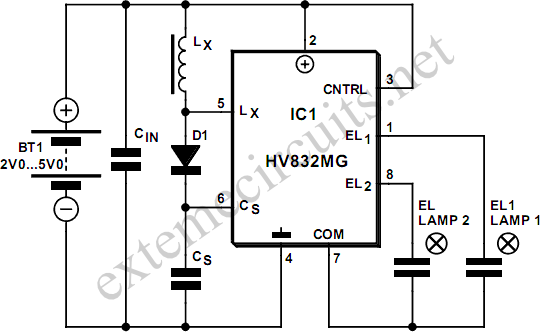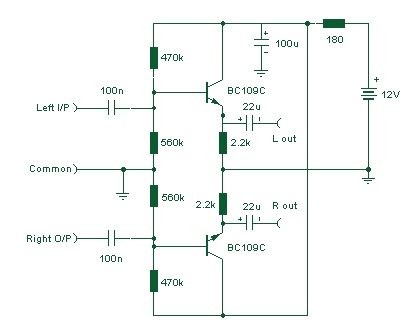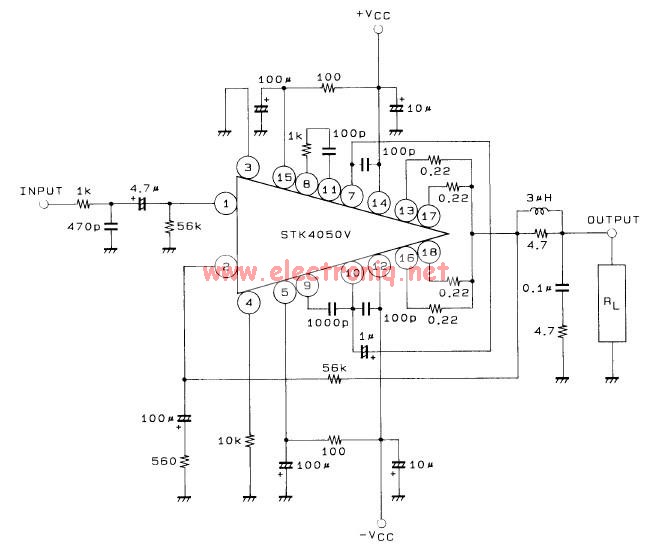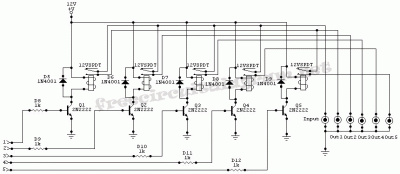
audio Using a microphone with an Arduino
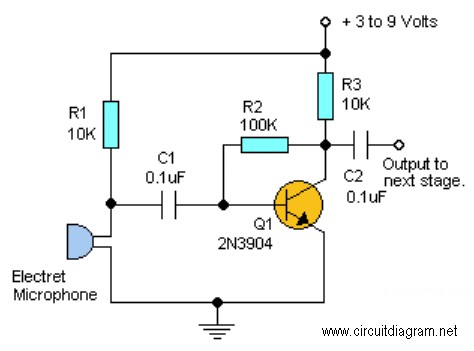
This project requires expensive hardware, including a microphone and amplifier, along with sophisticated audio analysis on the microcontroller. Even a complete microphone with an amplifier circuit does not yield the desired results, as noted in the product comments. The individual is new to Arduino but has programming experience. The goal is to build a VU meter by connecting a microphone to the analog 0 pin of the Arduino and displaying the value via a serial connection.
To construct a VU meter using an Arduino, the following components and steps are necessary. The microphone, ideally an electret condenser type, should be paired with an operational amplifier (op-amp) to boost the audio signal to a suitable level for the Arduino's analog input. The op-amp circuit can be configured in a non-inverting mode to amplify the microphone's output, ensuring that the signal is within the 0-5V range that the Arduino can read.
The microphone should be connected to the op-amp input, and the output of the op-amp should be connected to the Arduino's analog pin A0. A resistor-capacitor (RC) low-pass filter may be included to smooth out the audio signal, allowing the Arduino to read a more stable value representative of the audio amplitude.
In the Arduino sketch, the analogRead() function will be employed to capture the voltage level from the A0 pin. This value can be processed to calculate the VU meter's output. The results can be displayed in the Serial Monitor, providing a real-time graphical representation of the audio level. The sketch may also include a mapping function to convert the raw analog values to a more meaningful scale for the VU meter display.
For optimal performance, it is crucial to calibrate the system, ensuring that the microphone and amplifier are correctly tuned to the expected audio levels. This calibration may involve adjusting gain settings on the op-amp and fine-tuning the software parameters in the Arduino code to achieve accurate VU meter readings.This requires expensive hardware (microphone & amplifier) and some sophisticated audio analyizig on the microcontroller. Even a complete microphone with amplyfier circuit does not provide the desired results (according to the comments on this product) I am entirely new to the Arduino (but I`m familiar with programming).
In order to built a VU meter, I want to put a microphone to the analog 0 pin of the Arduino and display the value via the serial connection. 🔗 External reference
To construct a VU meter using an Arduino, the following components and steps are necessary. The microphone, ideally an electret condenser type, should be paired with an operational amplifier (op-amp) to boost the audio signal to a suitable level for the Arduino's analog input. The op-amp circuit can be configured in a non-inverting mode to amplify the microphone's output, ensuring that the signal is within the 0-5V range that the Arduino can read.
The microphone should be connected to the op-amp input, and the output of the op-amp should be connected to the Arduino's analog pin A0. A resistor-capacitor (RC) low-pass filter may be included to smooth out the audio signal, allowing the Arduino to read a more stable value representative of the audio amplitude.
In the Arduino sketch, the analogRead() function will be employed to capture the voltage level from the A0 pin. This value can be processed to calculate the VU meter's output. The results can be displayed in the Serial Monitor, providing a real-time graphical representation of the audio level. The sketch may also include a mapping function to convert the raw analog values to a more meaningful scale for the VU meter display.
For optimal performance, it is crucial to calibrate the system, ensuring that the microphone and amplifier are correctly tuned to the expected audio levels. This calibration may involve adjusting gain settings on the op-amp and fine-tuning the software parameters in the Arduino code to achieve accurate VU meter readings.This requires expensive hardware (microphone & amplifier) and some sophisticated audio analyizig on the microcontroller. Even a complete microphone with amplyfier circuit does not provide the desired results (according to the comments on this product) I am entirely new to the Arduino (but I`m familiar with programming).
In order to built a VU meter, I want to put a microphone to the analog 0 pin of the Arduino and display the value via the serial connection. 🔗 External reference
